Conrad Batton is a Devon-based landscape and garden designer and has created a Mediterranean-style space in south Devon which takes advantage of the particular microclimate at Worden House. As a former pupil of the renowned forest gardener, Martin Crawford, Conrad thought it would be wonderful to create a productive Mediterranean forest garden and made the decision to use olives. Conrad has also planted the garden to be ready for climate change. “Martin Crawford suggested ten years ago that in 30 years’ time, we are likely to have a climate similar to Bordeaux,” says Conrad.
While studying with Martin, Conrad met Mark Diacono from the popular Otter Farm who had set up an experimental climate-change garden using olives, peaches, apricots and almonds. After observing the plants doing very well there, Conrad decided to take a similar approach in the garden at Worden. Here are nine key plants which thrive.
1
Daucus carota

One of the nicest of all umbels and loved by insects. Produces dense umbels on thin stems. 1.5m. RHS H7, USDA 2a- 11b.
2
Mespilus germanica ‘Westerveld’
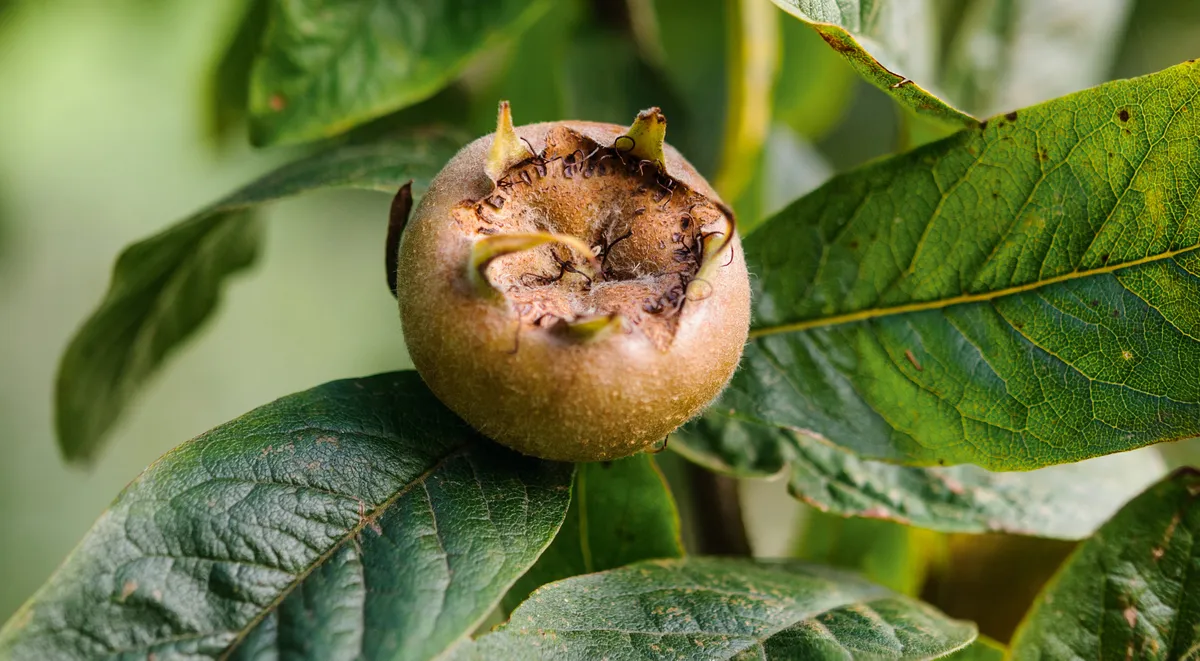
3
Choisya ternata
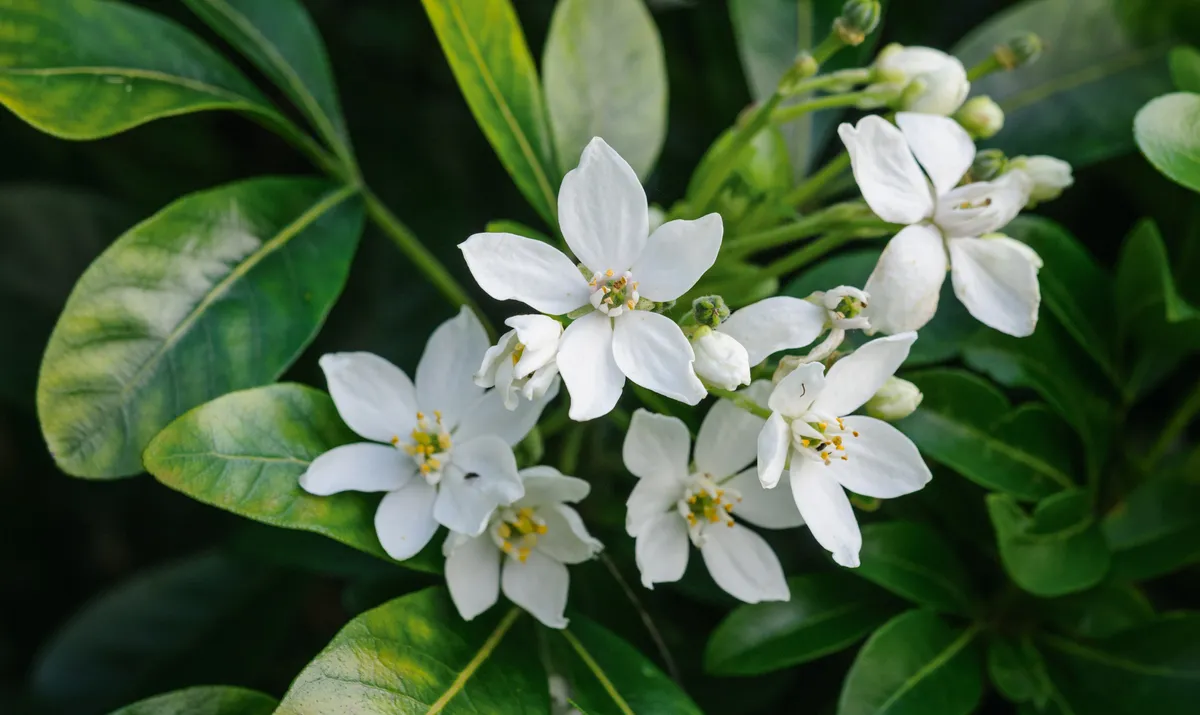
4
Linaria purpurea
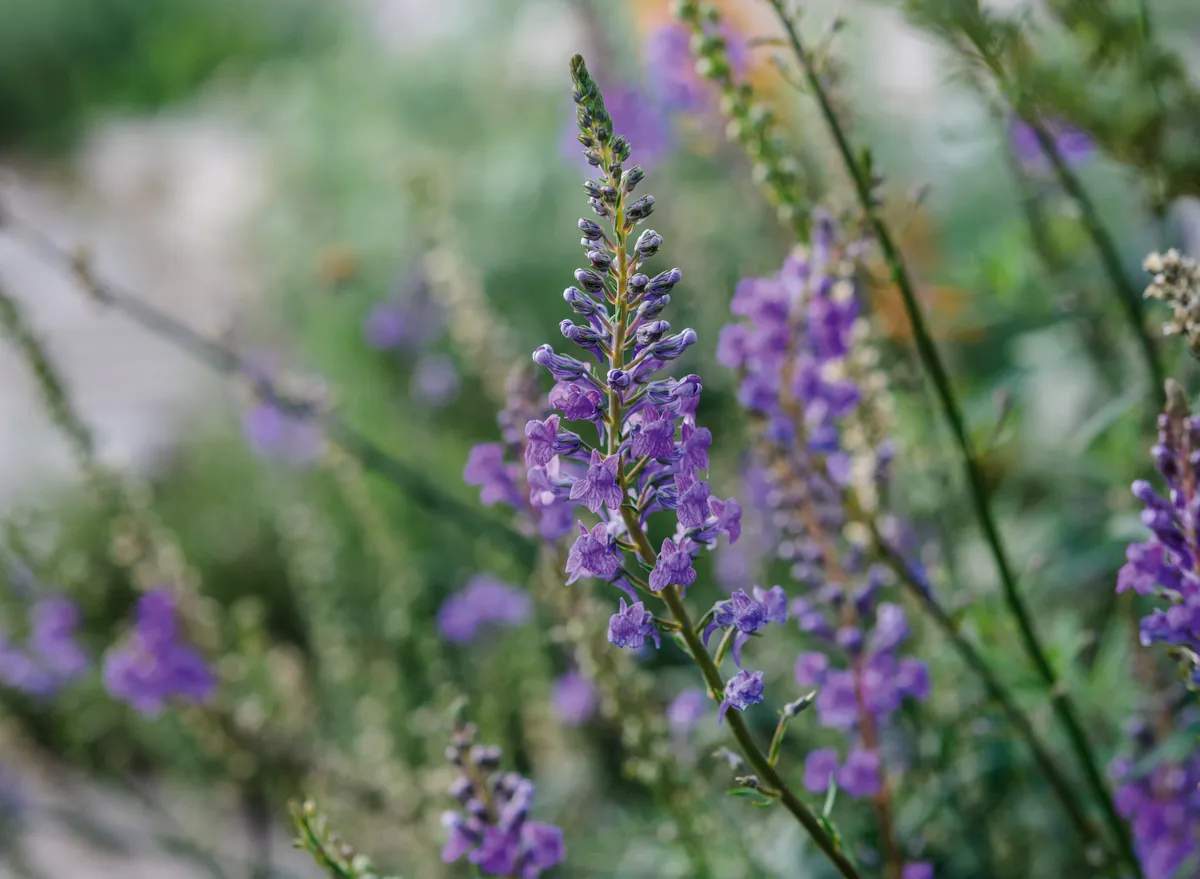
5
Olea europaea ‘Frantoio’
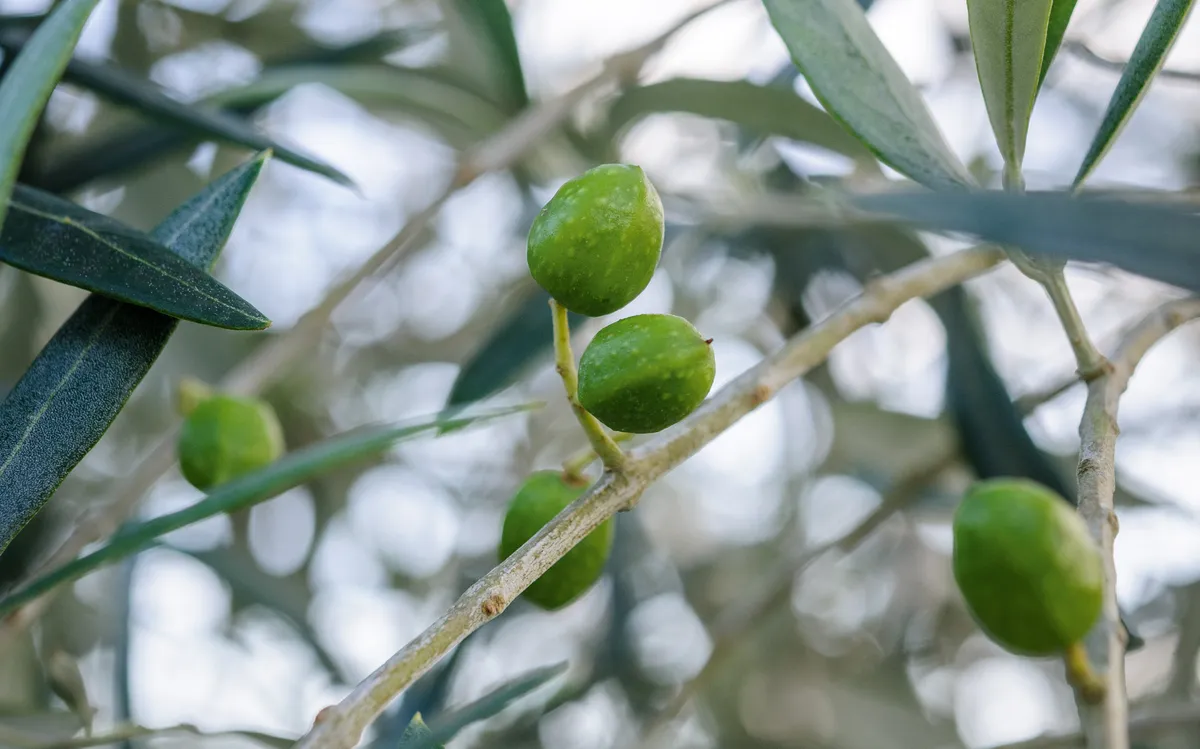
6
Ficus carica ‘Brown Turkey’
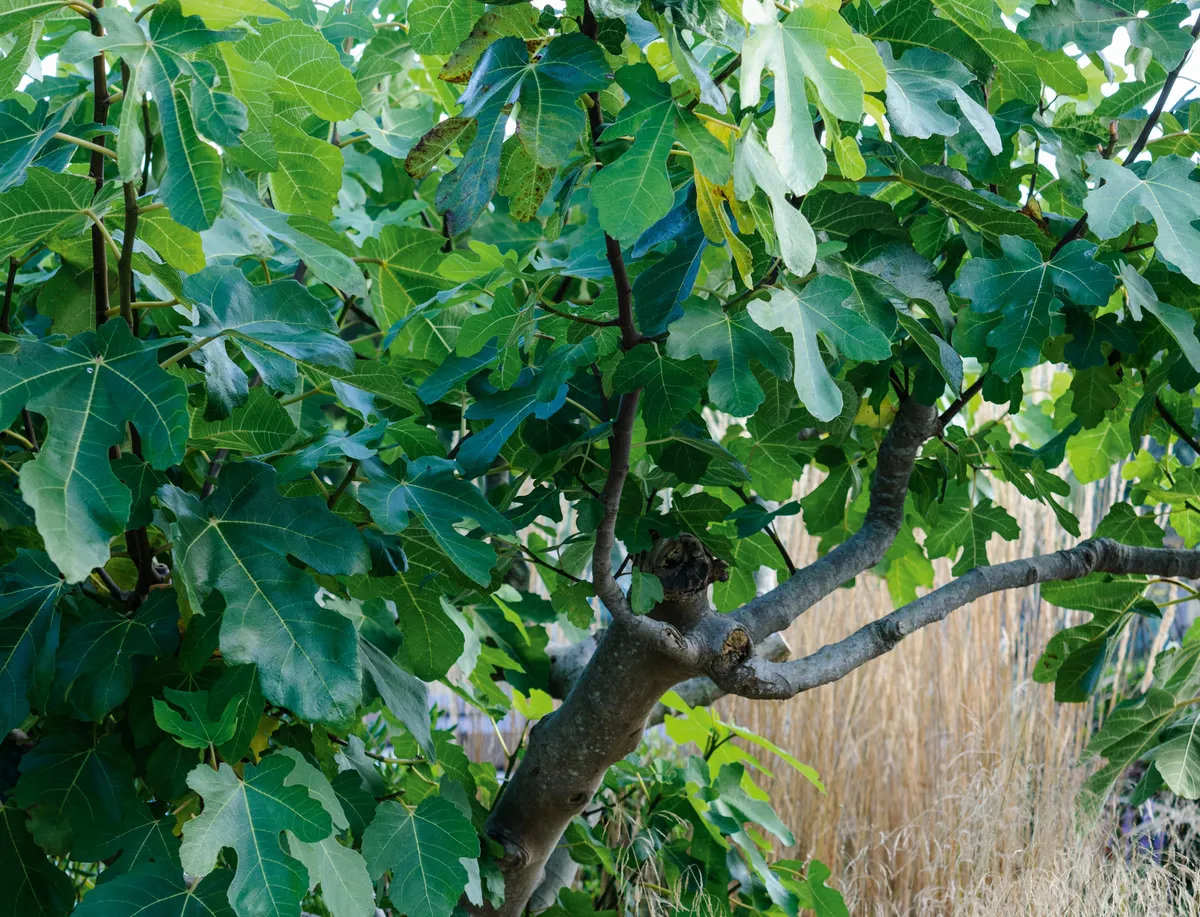
7
Aloe striatula

8
Solanum laxum ‘Album’

This is a vigorous climbing member of the nightshade family. Sprays of white flowers are produced on the new growth through the summer and into the autumn. Prune hard in the spring. 6m. AGM. RHS H4.
9
Origanum laevigatum ‘Herrenhausen’
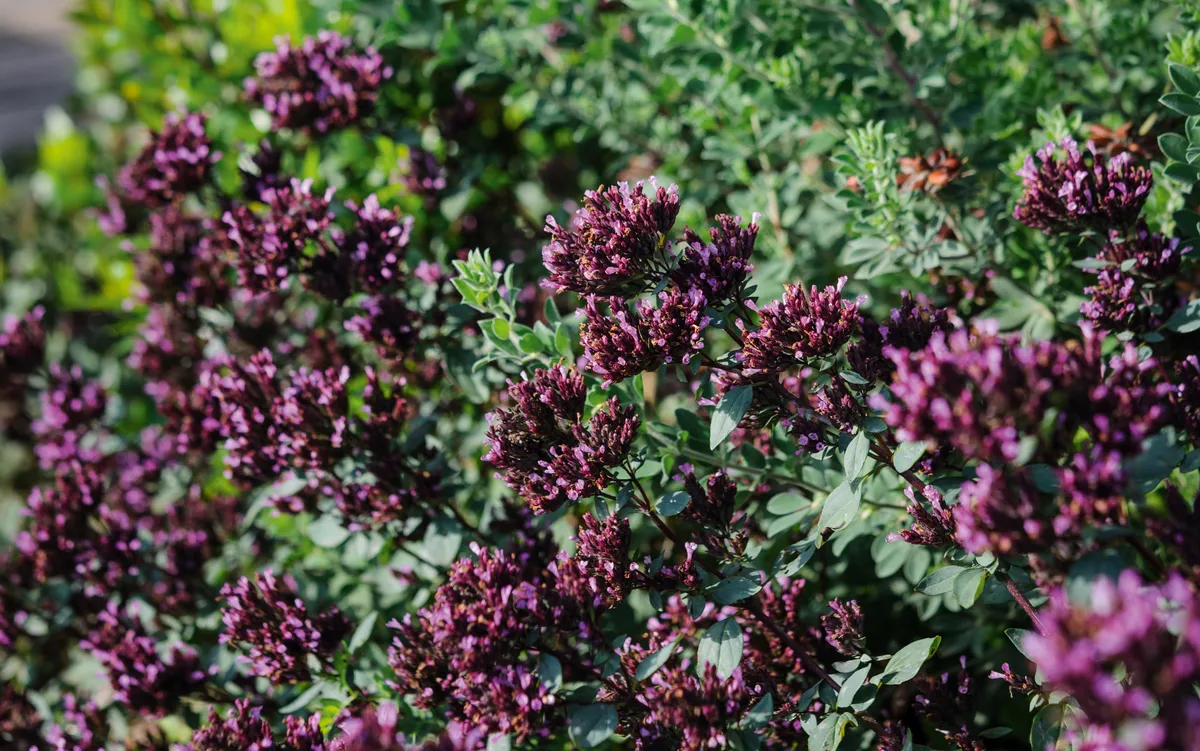
A long-flowering oregano that produces wiry stems covered in masses of small, purple flowers. 50cm. AGM. RHS H6, USDA 5a-9b.
Read more about Conrad Batten's garden at Worden House here